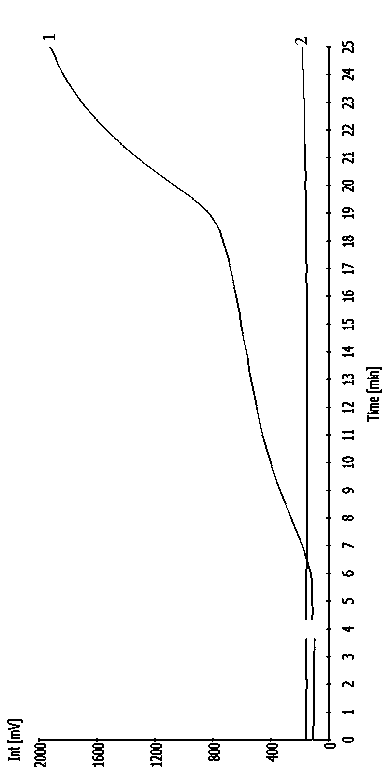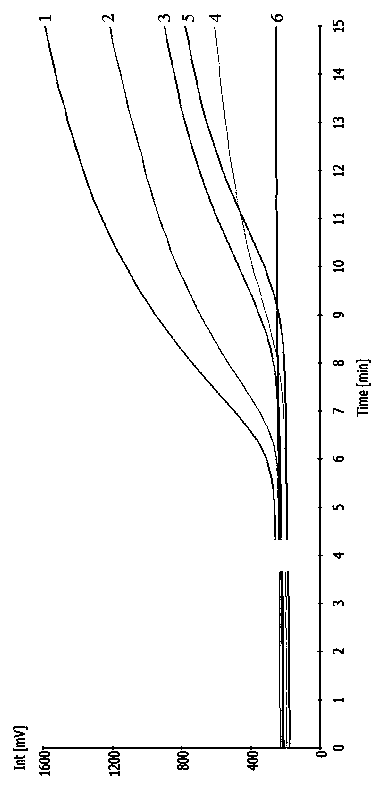Detection of CaMV 35S promoter and nos terminator by adopting RPA (Recombinase Ploymerase Amplification) technology
A P-35S, promoter technology, applied in recombinant DNA technology, DNA/RNA fragments, biochemical equipment and methods, etc., can solve the problems that cannot further meet the rapid detection of transgenic products, screening and identification of transgenic plants, etc.
- Summary
- Abstract
- Description
- Claims
- Application Information
AI Technical Summary
Problems solved by technology
Method used
Image
Examples
Embodiment Construction
[0016] The present invention will be further clarified through the detailed description of specific embodiments below, but it is not intended to limit the present invention, but only for illustration.
[0017] For the experimental methods that do not indicate specific conditions in the following examples, generally follow conventional conditions, such as the conditions described in "Molecular Cloning: A Laboratory Manual" (New York: Cold Spring Harbor Laboratory Press, 2001) by Sambrook et al., or according to the conditions of the instrument Or the conditions recommended by the reagent manufacturer.
[0018] First, primer design and screening: The following factors are usually considered when designing primers: (1) GC content is 40%-60%; (2) try to avoid secondary structures inside the primer; (3) avoid repeated sequences in the primer . RPA requires a primer length of 30-35nt. RPA experiments need to design multiple pairs of primers from both ends of the target sequence for...
PUM
 Login to View More
Login to View More Abstract
Description
Claims
Application Information
 Login to View More
Login to View More - R&D
- Intellectual Property
- Life Sciences
- Materials
- Tech Scout
- Unparalleled Data Quality
- Higher Quality Content
- 60% Fewer Hallucinations
Browse by: Latest US Patents, China's latest patents, Technical Efficacy Thesaurus, Application Domain, Technology Topic, Popular Technical Reports.
© 2025 PatSnap. All rights reserved.Legal|Privacy policy|Modern Slavery Act Transparency Statement|Sitemap|About US| Contact US: help@patsnap.com



